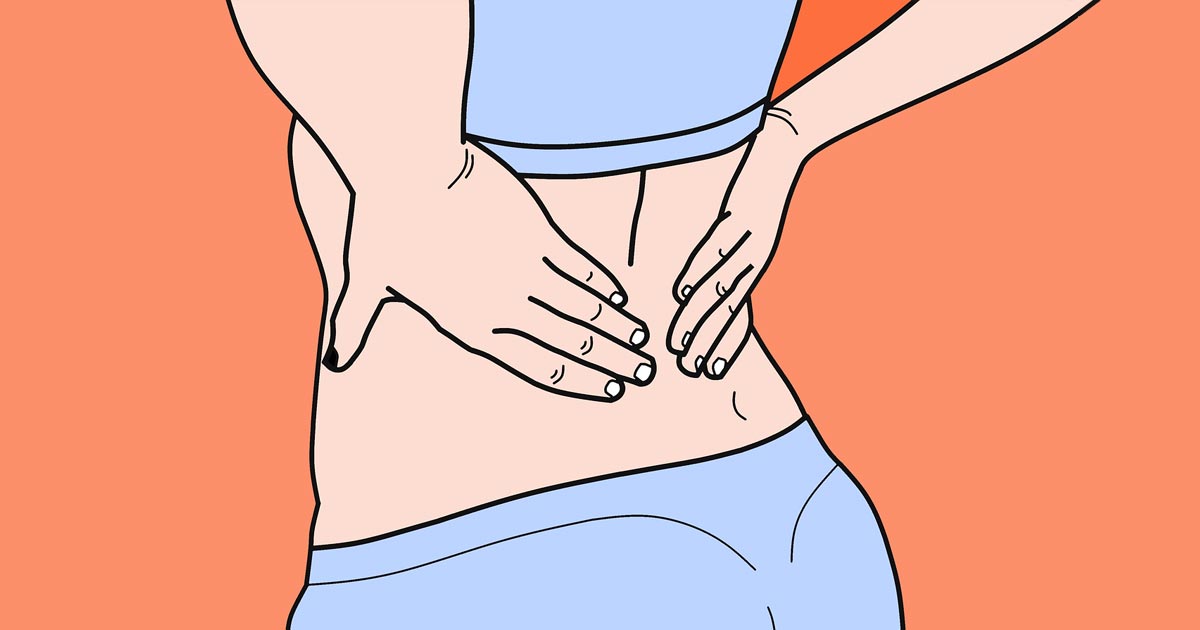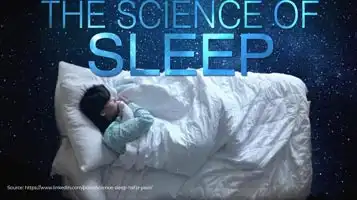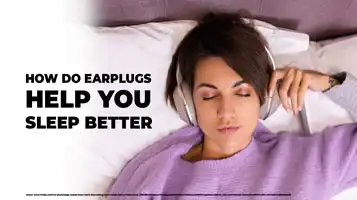Suffering from Degenerative Disk Disease? Know the Best mattresses for a Peaceful Sleep

When age-related changes in your spine’s disks create pain, it’s called degenerative disk disease (DDD). Spinal disks act as shock absorbers between your vertebrae. They aid in the flexibility of your back, allowing you to bend and twist. They may show indications of wear and tear as you get older. They start to break down and may not work as well as they once did. Although nearly everyone’s disks degrade over time, not everyone experiences pain. You have degenerative disk disease if your back pain is caused by worn-out spinal disks.
Causes
A soft inner core and a harder outside wall make up your spinal disks. Degenerative disk disease is caused by changes in the disks, like:
The disks in your spine lose water and become thinner as you age. Shocks are not well absorbed by flatter disks. Due to the loss of fluids, there is less cushion or padding between your vertebrae. Other deformities may develop as a result, causing pain.
Symptoms
The back and neck will most likely be in continuous pain. The location of the damaged disk will determine your particular symptoms.
The following are some of the most common symptoms:
- Pain in your lower back, buttocks, or upper thighs
- Pain appears and then vanishes.
- When you sit, pain is more, and when you walk, it is better.
- When you bend or twist, it hurts worse. When you lie down, it feels better.
Degenerative disk disease can lead to numbness and tingling in the arms and legs in some folks.
Sleep Disturbance
When you’re sleeping, your body doesn’t move nearly as much as it does when you’re awake. This increases stress on the body and critical places such as the neck and back. Degenerative disk disease frequently worsens as a result of this. The spine must be properly aligned when you sleep. This will assist you if you are experiencing symptoms of degenerative disk disease when in bed or if you wake up in agony.
The Way Out
Degenerative disk disease can produce a variety of unpleasant symptoms, including tingling or numbness, muscular weakness, and pain. It might prevent you from getting a decent night’s sleep as well as affect your daytime activities.
To correct this problem, you must offer exactly what your back requires, minimizing pressure on the nerves in the back and, in particular, around the spin. Choosing the right mattress may provide you with adequate rest and comfort.
The Most Important Factors When Buying a Mattress
If you want to improve your attention, mood, and energy levels during the day, get a decent night’s sleep. A decent mattress can help those suffering from degenerative disk disease who are experiencing issues like these. Remember these points before buying the right mattress for your needs.
The Right Firmness
The ‘goldilocks approach,’ should be used while seeking the perfect degree of firmness. To put it another way, you want a bed that is just ideal for you in terms of firmness and isn’t too soft or hard. It is a well-known truth that a medium-firmness mattress is beneficial for back health. Although the firmness of the mattress is determined by your body weight, shape, and sleeping position, extra attention must be given to support the spine. When you have a condition like DDD, you need a mattress that is firmer and gives pressure relief.
Avoid choosing a mattress that is too hard since it will not support and adjust to the curvature of your spine. A firm mattress is defined as one that has a solid core and a thin comfort layer. Similarly, a plush or soft mattress is not a good choice. The mattress’ thickness and hardness should also make it easier to get in and out of bed.
Durability
Choose a mattress with a longer lifespan than the average. So, ideally, you’ll be searching for air, memory foam, or latex models. Because of the wear and tear that will be caused by the continual movement, these sorts of mattresses are better suited for adjustable beds.
Adjustable Base Compatibility
A bed with an adjustable foundation is the best option for someone with degenerative disk disease. This is because elevating your upper body by six inches can help to alleviate the symptoms of degenerative disk degeneration.
Mattress Types and Degenerative Disk Disease
Each mattress has a distinct feel that might influence a sleeper’s comfort. As a result, customers should be aware of the key distinctions between various mattress materials before selecting one that is most suited for degenerative disk disease. The following are the most prevalent choices:
- Memory foam: The cradling sensation of this mattress is well-known. Memory foam conforms to the contour of the sleeper and assists with weight redistribution (which leads to reduced pressure). Customers should keep in mind, though, that memory foam might feel confining. This may not be suitable for persons who suffer from degenerative disk disease and find it difficult to move owing to back discomfort.
- Polyfoam: Memory foam is somewhat more responsive than polyurethane foam. As a result, it is unlikely to impede movement while providing efficient tension relief. Polyfoam, on the other hand, is less durable than memory foam.
- Hybrid: Coils (for support) and foam or latex (for comfort) are commonly used in these mattresses. Hybrid mattresses have a balanced feel and may provide exactly the perfect amount of cradling and support because of this. This mattress kind, on the other hand, is typically not inexpensive. In addition, hybrids are frequently hefty, which isn’t everyone’s cup of tea.
- Latex: As latex is conforming and adaptable, it is an ideal substance for releasing stress. Latex, on the other hand, bounces back to shape once pressure is applied, so these mattresses don’t restrict mobility. Latex models, on the other hand, are rather costly.
- Innerspring: Innerspring mattresses aren’t the best for relieving pressure, but they’re good for stomach sleepers who need a lot of support. Spring beds are springy and allow you to move about freely. They don’t sleep hot either. Innerspring models, on the other hand, are among the least durable.
A Buying Guide: Best Mattresses for Degenerative Disk Disease
Due to its pressure-relieving characteristics, the Puffy is one of the finest mattresses for degenerative disk disease. It’s like being embraced by a cloud when you sleep on the Puffy. It redistributes weight evenly and relieves back stress. The weight distribution qualities of this mattress make it ideal for those with degenerative disk disease since it reduces back strain and allows for a more pleasant night’s sleep.
Puffy does an excellent job at motion isolation. Another reason why the Puffy could help patients with degenerative disk condition is because of this. They frequently toss and turn in bed owing to the discomfort. They can do this with the Puffy without waking up their partners.
At a glance
- All-foam design to efficiently decrease acute pressure points
- Gel infusion for cooling
- Anti-slip cover to hold the mattress on the base
In the United States, Casper is a well-known brand. For many clients, Casper Original is the go-to choice. However, if you have DDD or are having problems with your spine, the Wave Hybrid is the mattress for you. Wave is a zoned mattress, which means it’s separated into three sections for focused support in the lumbar, upper body, and leg areas.
The top layer has Zoned Support™ Max with gel pods that provide support to your spine and back.
It also is a thin cooling gel layer responsible for keeping the body cool. Hot sleepers can also upgrade to Snow Technology if you are looking for advanced cooling. The core of the mattress has a layer of innerspring that holds the body weight and does not allow it to sink. This zoned mattress effectively helps in sleeping better in DDD by supporting the spine.
At a glance
- Medium Firmness (5) suits DDD sufferers
- Zoned support for extra care
- Includes a cooling gel layer
It includes five adaptable support zones that help to maintain a healthy spinal alignment while sleeping. As a result, the model is appropriate for people who suffer from lumbar degenerative disk disease. The HIVE transition layer provides additional support and comfort.
Due to its exclusive Bio-Pur foam, the AS3 allows for a cooler night’s sleep. It features an open-cell structure that allows for free-flowing air. To put it another way, this mattress is breathable, which means it keeps you cool all night long.
At a glance
- To appeal to a wide spectrum of sleepers, it has a medium feel
- Zoned HIVE layer for adaptable support and superior comfort
- Breathable open-cell foam to reduce heat retention.
This luxurious coil mattress by Saatva has a very balanced feel. The lumbar layer supports the back in a neutral, tension-free position, helping the mattress fill in the spine curves. That’s why the Saatva deserves to be among the best mattress for lumbar degenerative disk disease.
It doesn’t sleep hot due to breathable coil construction.
At a glance
- Customer satisfaction is ensured by an extensive in-home trial.
- Wrapped comfort coils for tailored support and balanced weight distribution
- lumbar layer for unsurpassed back support
The WinkBed is another type that deserves to be included among the best mattresses for degenerative disc disease. It comes in a variety of comfort levels. The WinkBed is available in four firmness levels, making it suitable for different sleep positions and users.
Additionally, sleepers may appreciate the WinkBed’s edge support. Degenerative disc disease patients might toss and turn in order to find a less uncomfortable posture. All of their movements have the potential to annoy their spouses. However, laying more apart might make both of you feel more at ease.
At a glance
- Independent coils for precise support
- Extra-strength edges for greater sleeping space
- Gentle cushioning and greater comfort are guaranteed with the Euro pillow-top.
Degenerative disk disease is an issue no one wants to have, and if you’re a hot sleeper, going to bed will be excruciatingly unpleasant. However, the GhostBed Luxe is here to save the day, since it excels at resolving both issues.
Its surface and core cooling characteristics ensure you get a cool night’s sleep, halving your difficulties. You may also sink without sacrificing sturdiness because of the medium-plush setting, which is aided by the high-density core and bottom layer.
The mattress is also wonderful for pain treatment; its gel-infused memory foam massages your pressure spots, which will come in useful while you’re sleeping on your stomach.
At a glance
- Pressure reduction and pain relief are provided by the ghost bounce layer
- Medium-plush feel perfect for cradling and body shaping
- Gel-infused to deal with body heat
Nolah provides a fantastic selection of mattresses to suit every demand. Nolah Signature features a 12-inch profile and is excellent at reducing pressure. AirFoamTM not only relieves pressure but also keeps you cool while you sleep. Other proprietary gel foams are known to disperse heat quicker than this one. AirFoamTM is made up of small air bubbles that help to distribute body weight and provide greater back support.
It’s made entirely of foam and has a four-layer structure. It boasts a 7-inch high-density foundation foam that uniformly supports the body and is designed to endure longer without drooping.
At a glance
- AirFoamTM is a pressure-relieving material
- Cooling mattress with a medium-firm feel
- Mattress cover made of organic materials
The Last Words
When it comes to degenerative disk disease, finding the appropriate mattress might make a huge difference. Customers should consider the firmness level, mattress type, and material quality when sifting through the various selections. It’s also critical to choose a pressure-relieving mattress that can help with pain relief.









